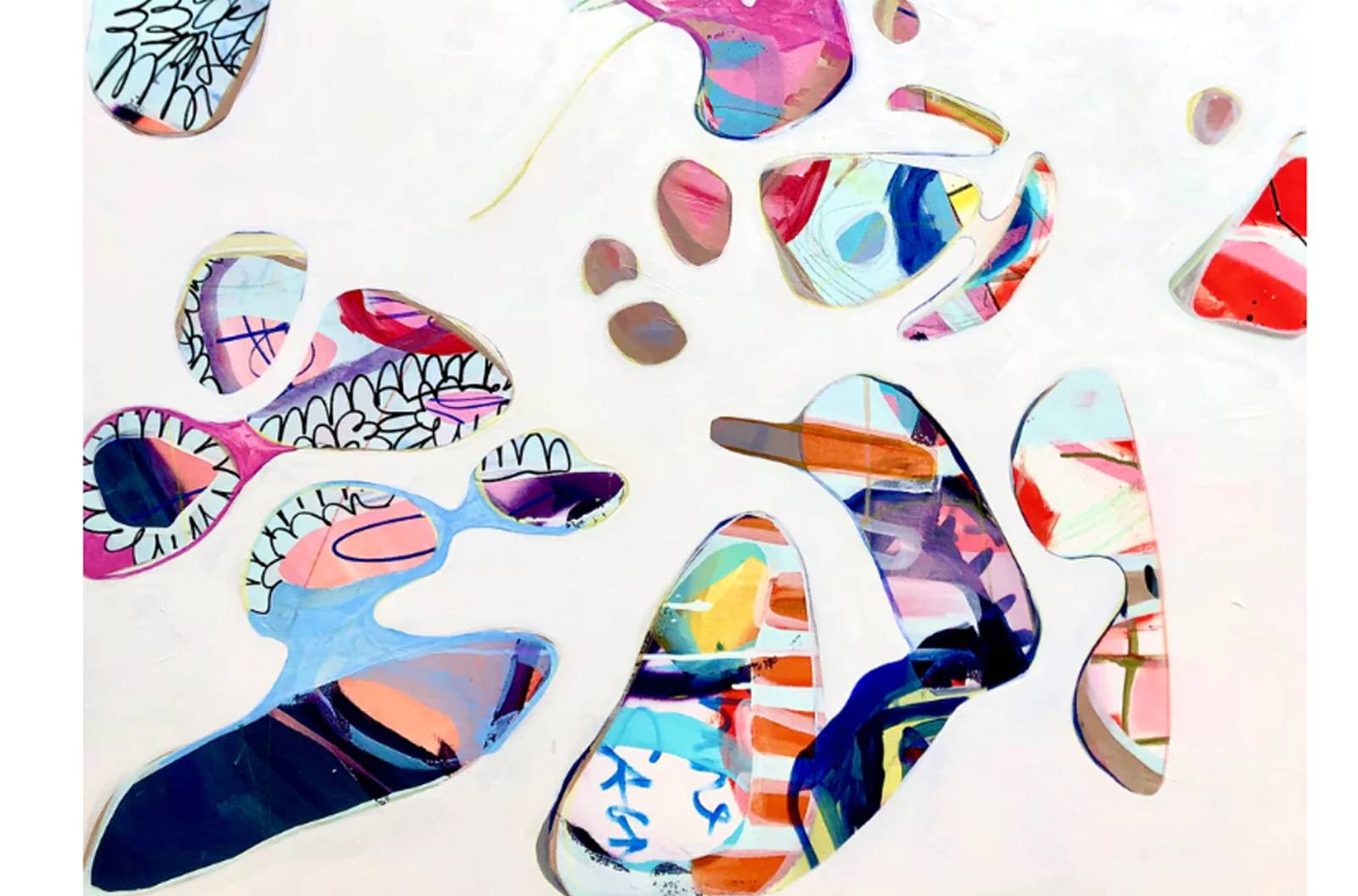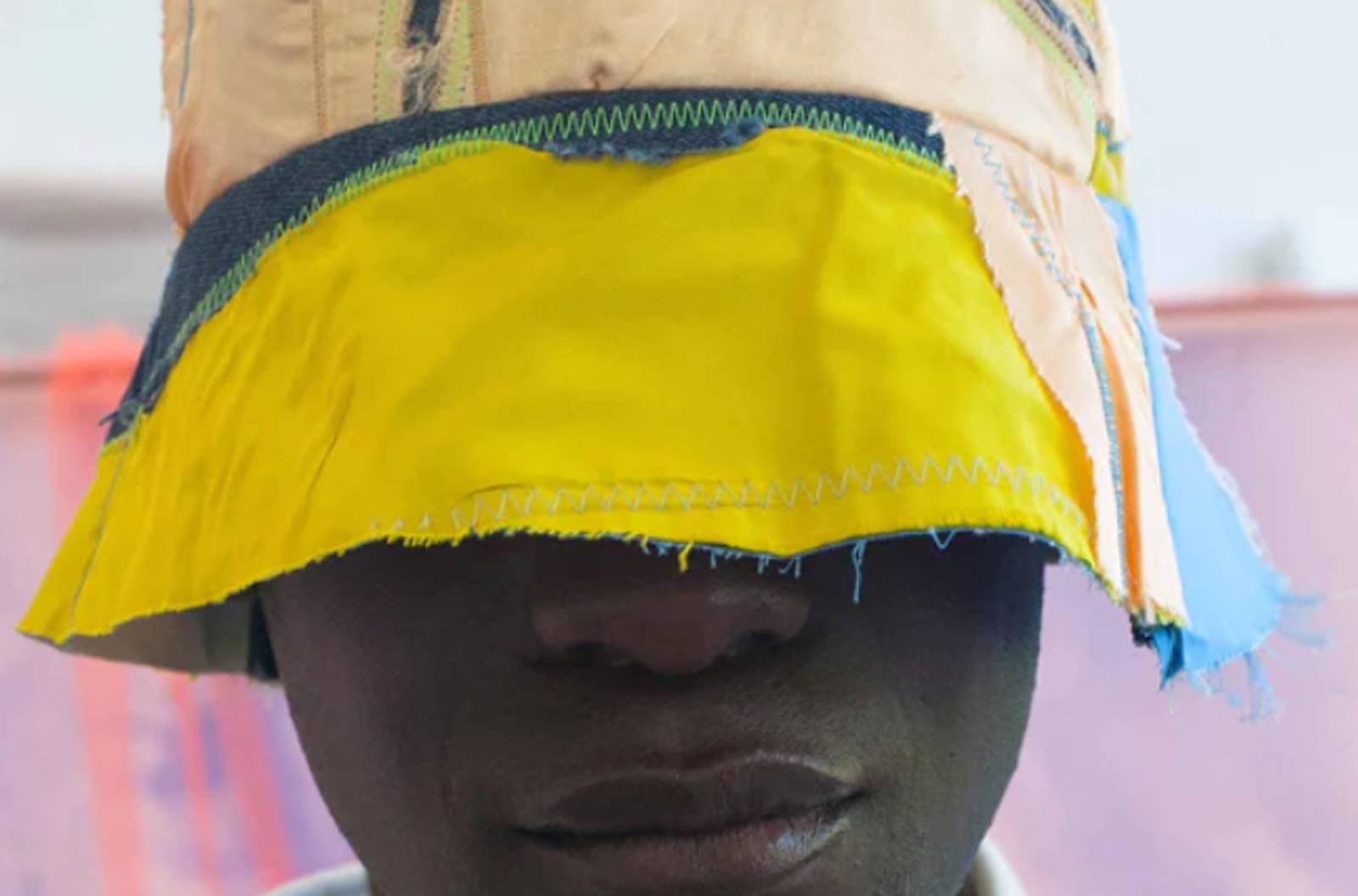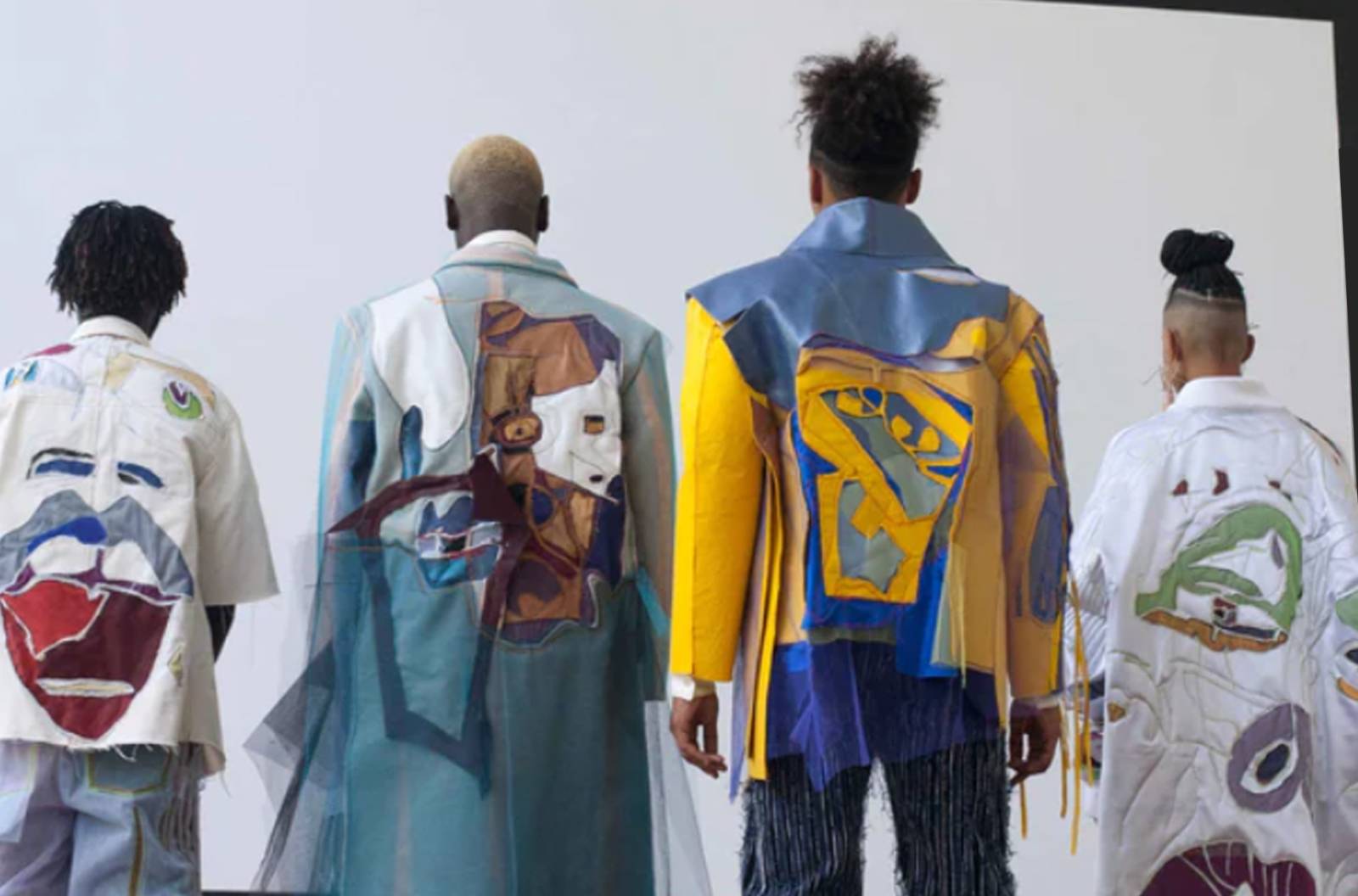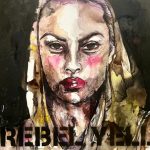The interplay between one‘s own identity and the external observer was stated by Jean-Paul Sartre long before the era of social media: According to the French philosopher we become aware of our own existence in the very moment we feel the other’s gaze on us

In our era of Insta, Sartre’s theory seems more relevant than ever. In her works she is touching upon this very interplay, upon the crucial question of identity, the fluid state between public perception and self – but in her very own way

As a black female artist with German-Senegalese roots these issues – for her – are deeply connected with a life between cultures and the obstacles that go along with it: multi-culturalism, (structural) racism, prejudice, and stereotypes. In her figurative paintings she is an expressing conflictual search of identity through BIPOC women who are experiencing this process while looking down from the canvas, well aware of the observer – thus being actively called into existence.
Through many-faceted layers, bold colours and complementing typography the observer can gain a glimpse into their inner world and conflicts. However, instead of lecturing these women are purely there ‘to be’. The female body becomes a visionary place, a metaphor for internal and external conflict, but also a utopia of diversity. An ancient but ever relevant struggle
Our modern media usage, in particular on Instagram, serves as the gateway for many of my works. I purposely search for self-portraiture of BIPOC women who are using the platform for self-realisation while defying prevalent stereotypes

Tapping into the ephemeral and constantly changing medial elements of our digital age, she finds repurpose, anchoring them into traditional painting. Sometimes combining pictures, she creates her own perception of their individuality trying to bridge the worlds between a traditional art form and media habits of the 21st century.


